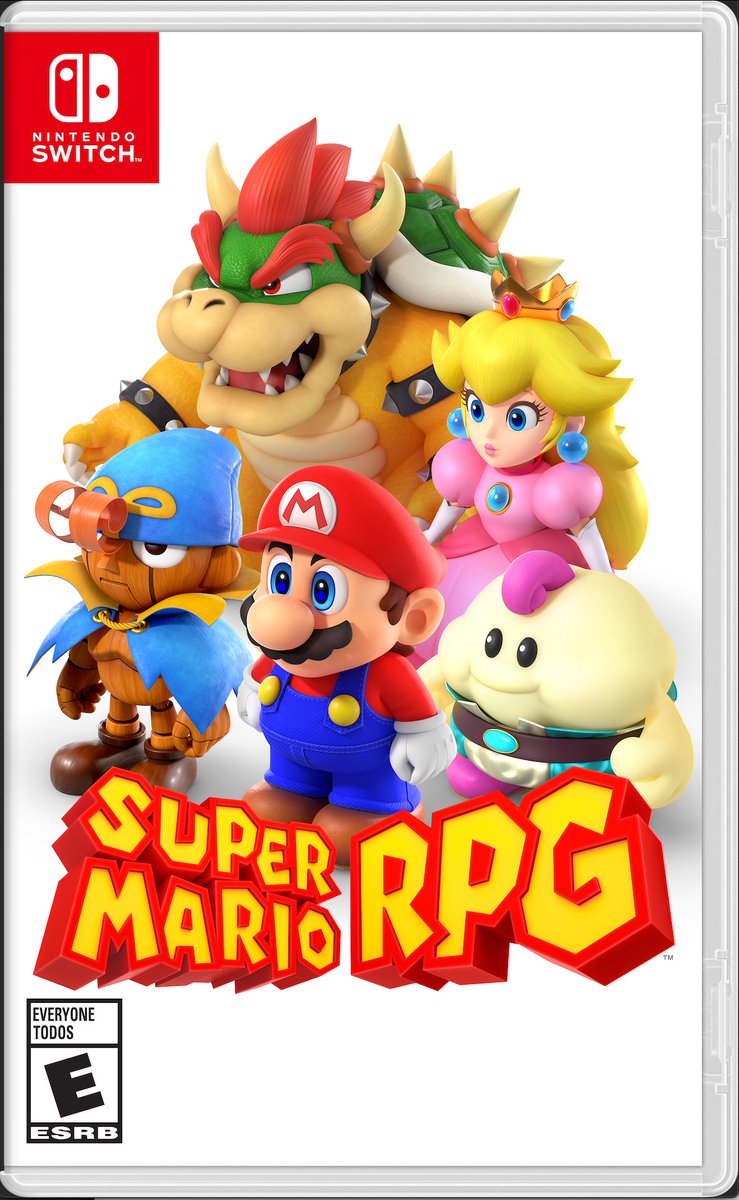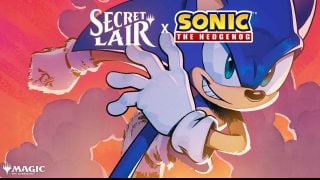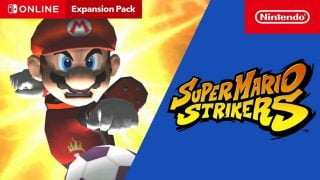RPGs are my favorite genre of video game, and have been since around the time I was a preteen and discovered the likes of SNES classics like Final Fantasy, Chrono Trigger, and EarthBound. But my first RPGs, when I was just a wee tyke, didn’t feature any medieval knights or suburban kids with baseball bats. Instead, they featured a little red plumber and some friends.
I grew up in a golden age of Mario RPGs – The ’00s brought not just Paper Mario and its sequel The Thousand Year Door, the greatest such game to ever be made, but also the excellent first three titles in the Mario & Luigi series on GBA and DS. While the Wii’s Super Paper Mario would be more of a strange platformer-RPG hybrid than another turn-based juggernaut, it still proved excellent with amazing writing and a tearjerking story. But over the course of the ’10s, both franchises deteriorated – Mario & Luigi falling into mild mediocrity before developer Alphadream tragically shuttered a few years ago, Paper Mario torpedoing its formula with the infamous Sticker Star on 3DS and stubbornly refusing to break away from that new foundation ever since.
Now in the ’20s, with one series gone and another having changed to the point it’s nigh-unrecognizable, an unlikely hero has emerged – the one who started it all. Super Mario RPG: Legend of the Seven Stars was the first title to feature turn-based adventuring for Mr. Nintendo, and it laid the foundation for both series of Mario RPGs that came after it – despite never receiving a proper sequel itself (though Paper Mario famously began development as exactly that). And now that it’s getting a brand-new HD remake for Switch, it’s a perfect time to remember what made Mario RPGs so special in the first place.
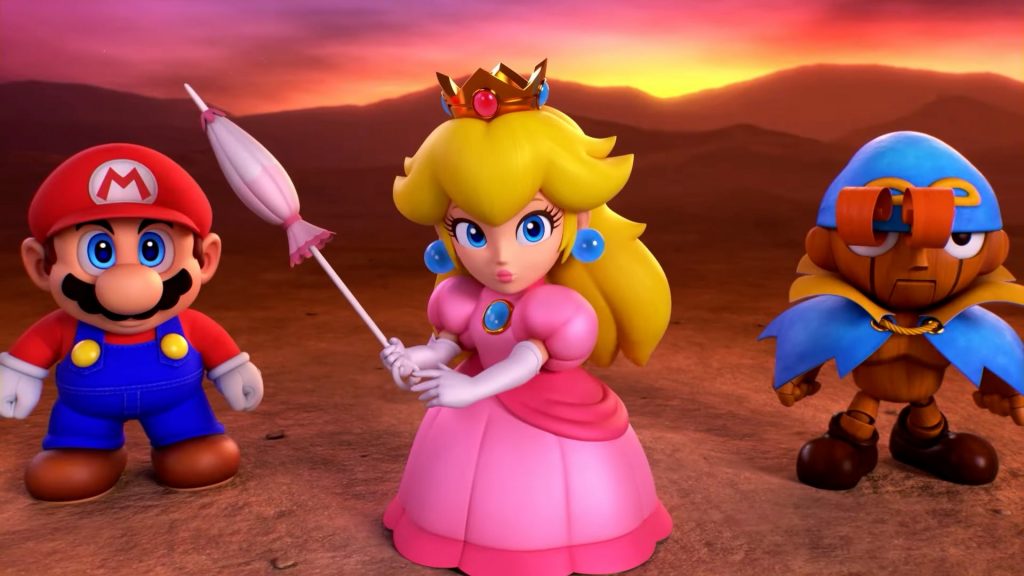
Handled by RPG masters Squaresoft (who in the ’90s were in the midst of one of gaming’s all-time greatest imperial phases), Super Mario RPG was far more than just Mario rescuing Peach (then Princess Toadstool outside of Japan) from the clutches of Bowser: in fact, the game starts with that basic scenario before introducing its real plot and unique characters, inventing a villainous weapon-themed bunch known as the Smithy Gang to battle Mario. Against such odds, Mario not only has to team up with his old nemesis Bowser and the usually sidelined Peach, but also original characters Mallow and Geno (still beloved to this day) to take on this new threat.
It’s this mix of the familiar and the new that gives the game and its successors their texture. Everybody knows Mario, Peach, and Bowser, the fundamentals of their dynamic, and the basic elements of the Mushroom Kingdom. What Super Mario RPG does is inject elements of creativity into this established idea of Mario – whether it be in a kingdom of cloud people, a pond of trebling tadpoles or anywhere in-between. The game truly feels like an adventure in the purest sense, one that touches upon a whole host of locales and denizens that platformers don’t have the time to soak in.
And the story! SMRPG is hardly the most nuanced or morally gray plot ever conceived, but the sharp writing and light tone carry it far. This was the first time we saw real characterization for Mario, Bowser, or Peach in a game, their expressions being largely static in all of their previous platforming escapades: it’s now hard not to imagine Bowser as a lovable oaf or Peach as a little bit cheeky, but these elements were first seen here. And crybaby Mallow and living puppet Geno carried their own fun moments that made their interactions with elements of the plot memorable.
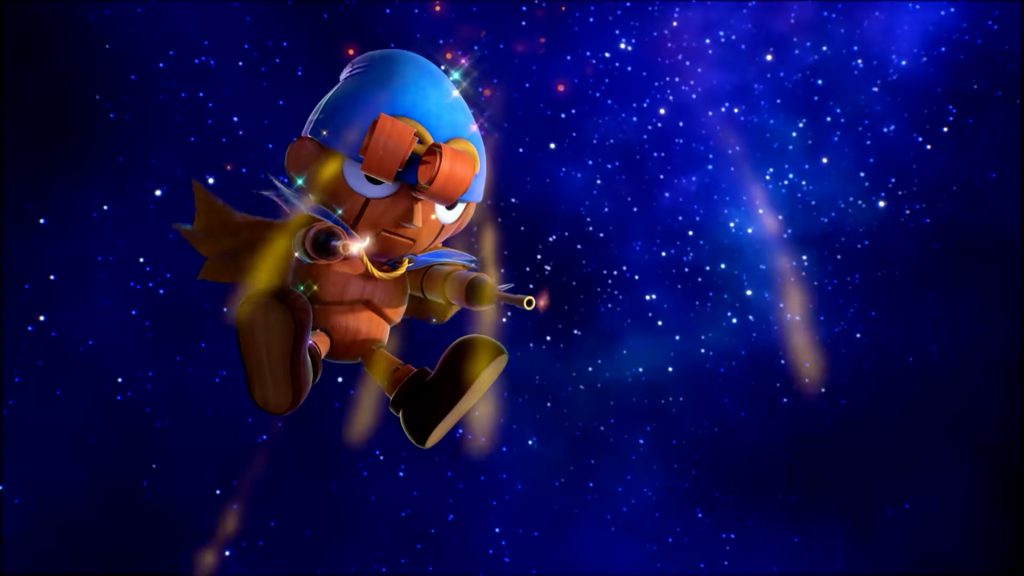
All of this might’ve fallen by the wayside if the base gameplay was nothing to write home about, but Super Mario RPG hit it out of the park from the get-go, with each party member having a clear defined role and capabilities. What really made the mechanics soar, however, were timed hits: careful and context-dependent presses of A to either enhance your damage or reduce the enemy’s own. This makes battles more active by simulating a degree of action gameplay in a simple way that both kids and adults can latch onto, and comes with some really funny animations to boot. The only detrimental side effect is being so good that it convinced generations of YouTubers and internet commenters that turn-based RPGs without such a mechanic were boring and stale, just a matter of mashing A repeatedly (they’re wrong, for the record). But as a RPG designed to be more beginner-friendly, less about pure strategy and more a mix of reflex and planning, it absolutely nailed it.
Why is all of this important, beyond SMRPG just being a good game? Almost everything Paper Mario and Mario & Luigi became was based upon this foundation. Both games utilized timed button presses or other prompts to increase damage or reduce your enemies’. Both series revolve around mixing familiar Mushroom Kingdom elements with new and innovative locales. Paper Mario even utilizes original party members and Jump/Hammer attacks. None of that would exist without Square laying the foundation in 1996.
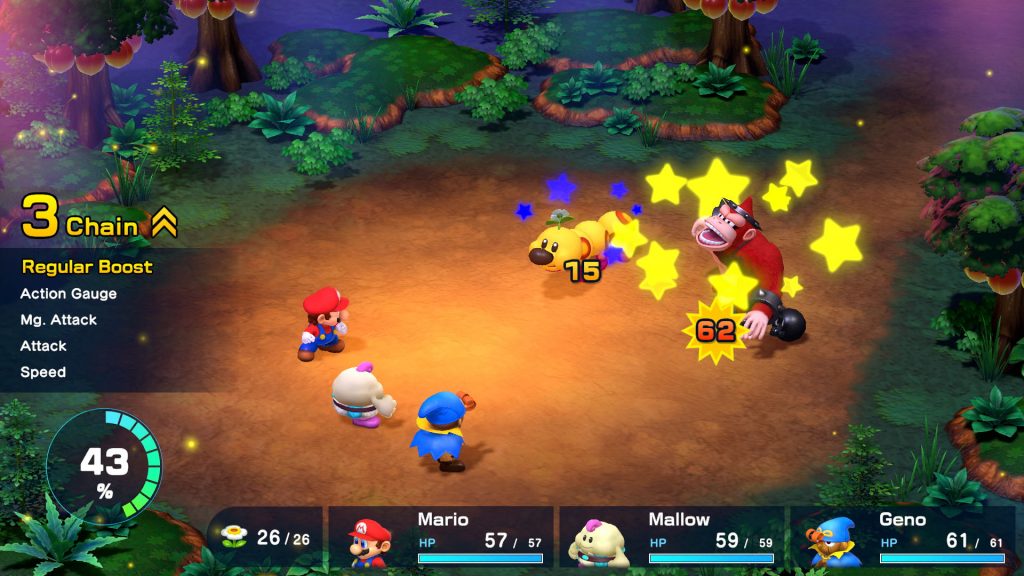
And it’s important that that foundation is returning in 2023, because Mario RPGs have strayed so far from it. In the ’10s, Nintendo suddenly became tighter lipped about its brand integrity, dictating that the Mario RPGs only base characters and locations off of Mario properties. Mario & Luigi slowly weaned down its more inventive locales and characters until it referenced basically only existing characters. Paper Mario did away with its beloved partners and legions of creative NPCs and setting, streamlining everything to the point that very little matter. Everything became homogenized into Toads, Toads, and more Toads, none of which even had a telling character design. And while M&L mostly kept up its core battle system until its untimely demise, Paper Mario pivoted into being an action-adventure game with almost no RPG elements and battle systems that feel complex without being substantive.
So the return of Super Mario RPG is a good omen. If Nintendo is willing to fully remaster such a bold, inventive, creative title that isn’t afraid to play loose with Mario’s world, then hopefully that reminds them why having that kind of game matters. Mario & Luigi is gone, and hope that Paper Mario will ever pull itself out of the rut its dug dampens with each installment, but who knows? Whether in a fresh new series, another sparkling remake, or even at last an actual Super Mario RPG sequel, I hope that the man in red’s turn-based adventures continue, because they’ve been some of his best.
Leave a Comment
